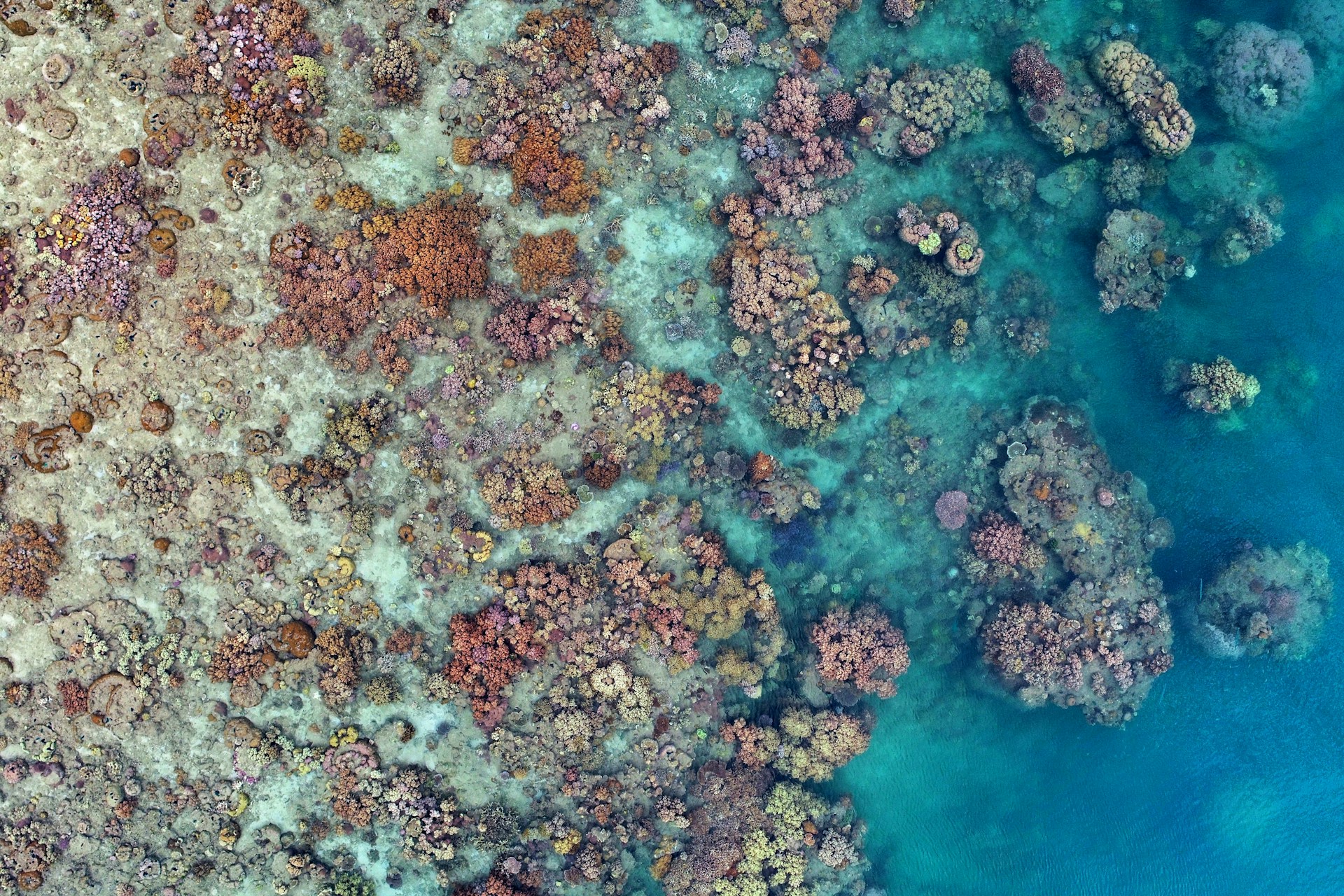
Sunburnt, Not Broken: Stories of Resilience Against Coral Bleaching
We are reader-supported. When you buy through links on our site, we may earn affiliate commission.
In recent decades, warming ocean temperatures have proven dire for mass coral bleaching events. The phenomena have scientists scrambling to save the world’s remaining coral reefs before they disappear entirely.
Although news about corals is often shrouded in despair, conservation efforts and new technologies have offered a glimmer of hope for increasing reef resilience. For once, there are positive stories to tell. Here’s a deep dive into the last coral bleaching event and inspiring stories of recovery in the past year.
When Was the Last Widespread Coral Bleaching?
The 2014-2017 coral bleaching event is among the worst on record, reaching 75% of the world’s coral reefs and killing off nearly 30% in 36 months.
The National Oceanic and Atmospheric Administration says over 50% of the impacted reefs endured heating twice in this timeframe. The event further underscored bleaching acceleration — once occurring every 25-30 years, the world now experiences bleaching every six years, giving ecosystems shorter recovery periods.
In 2022, scientists found the most widespread Acropora coverage in the north and central parts of the Great Barrier Reef at 36% and 33% — an increase of 9% and 7%, respectively. While this news is welcome, the southern region of Australia’s largest coral reef showed signs of struggle.
The southern Great Barrier Reef has seen a 38% to 34% reduction in coral coverage year over year — the cause: Crown-of-thorns starfish. The species undergoes dramatic growth as waters heat up and become more acidic from greenhouse gas emissions. Of course, coral is the starfish’s food of choice.
5 Recent Inspiring Stories About Coral Reefs
Coral bleaching events are unfortunate and devastating, especially since global coastal communities rely on them for coastline protection, economic opportunities, food security and medicine. Fortunately, conservationists and marine researchers have made impressive strides in coral reef restoration and recovery. Here are five inspiring updates regarding reef resilience you may have missed from this past year.
1. Largest Coral Reef Restoration Project Underway in Indonesia
Coral reefs span 39,538 kilometers along Indonesia’s coastline, accounting for 16% of global coral reef coverage. About 270 million people live in Indonesia’s coastal communities, placing 95% of corals at high risk of human-induced destruction.
As part of a global restoration initiative by Mars, Incorporated, “The Big Build” project successfully planted 30,000 corals in a 2,500-square-meter reef environment. Experts call it the most extensive coral recovery project ever documented.
The initiative was spearheaded by 100 participants from 17 conservation organizations, non-profits, private corporations and local communities. It is also affiliated with the SHEBA Hope Grows.
SHEBA has organized 500 people in coral restoration to revitalize 185,000 square miles of reefs by 2029. Alongside Mars, SHEBA’s efforts increased coral growth from 2% to 70% by 2021, and fish populations and species by 260% and 64 percent.
2. Cryopreservation Presents Preservation Opportunities
Researchers at the University of Hawai’i made a breakthrough in coral preservation using new cryopreservation and thawing techniques in 2023.
Long-standing cryopreservation involves freezing coral species’ sperm and larvae, made available only during occasional spawning events. However, the new method cryo-banks entire coral fragments, including their comprehensive and biologically complex genetic diversity.
The ability to freeze larger amounts of coral enables year-round freezing and thawing. This is far more effective than waiting for a few days of collections during spawning seasons. This latest discovery in cryopreservation could change coral security and conservation tenfold in the future.
3. Coral Species Show Signs of Heat Tolerance During Coral Bleaching
Everyone knows warming ocean temperatures induce coral bleaching. However, a research team at Oregon State University (OSU) believes some coral species may be more resilient to heat waves than others. This occurrence is likely due to an ecological memory response among the microbial communities in coral reefs.
Polyps are the tentacle-looking invertebrates on a coral — yes, corals are essentially animals. They measure from 1-10 millimeters in multiples of six, eating and reproducing like every other species. They also contain microscopic algae with an array of bacteria, viruses, microeukaryotes and archaea — all deepening the ecological memory.
The OSU scientists found Acropora has the most robust ecological memory response to heat waves due to its microbiome. They seem to remember past ocean warmings and are more capable of adapting to future environmental changes — a positive sign for coral resilience.
4. Palau Reefs Show Signs of Warm-Water Adaptation
Researchers from Newcastle University are hopeful coral reefs in the Pacific island of Palau can withstand increasing temperatures. With a significant reduction in greenhouse gases, future coral bleaching could have far fewer implications on its reefs.
The scientists found corals had a higher natural thermal tolerance, which could save them from heat damage. However, these gradual adaptations can only occur with fewer fossil fuel developments and more significant carbon mitigation.
The study examined four decades’ worth of data following heat tolerance increases. Their findings further highlight the need for solid greenhouse gas policy frameworks for coral conservation.
In a related study from the University of Miami Rosenstiel School of Marine, Atmospheric and Earth Science, researchers say tropical Pacific Ocean corals could survive to 2060 with greater heat tolerance and photosynthesis for energy. They, too, emphasize the need for lower carbon emissions for this to occur past mid-century.
5. Lab-Grown Corals Give Hope to Hawaii’s Reefs
The Hawaii Coral Restoration Nursery (HCRN) and Friends of Haunama Bay finished planting six lab-grown corals to restore the state’s slow-growing reefs.
Efforts began in 2015, with divers collecting coral fragments damaged by storms at a holding facility. The HCRN then cut 1-by-1-centimeter pieces of each coral fragment and superglued them onto concrete pyramids. The corals then grew and began colonizing with each other.
Once formed, the HCRN created the right conditions to transplant the corals in Haunama Bay. While the process took two years, it was still less than one-twentieth of the time for them to grow in the wild. So far, coral health for the lab-grown specimens has proven successful after placement.
A Promising Future for Reefs Against Coral Bleaching Events
While conservation and new technologies have breathed potential into coral recovery, the world cannot get complacent. Climate change remains the greatest threat to reef health. Regardless, recent findings demonstrate not all is bleak for coral ecosystems — resilience is possible.
Share on
Like what you read? Join other Environment.co readers!
Get the latest updates on our planet by subscribing to the Environment.co newsletter!
About the author
Rachel Lark
Rachel serves as the Assistant Editor of Environment.co. A true foodie and activist at heart, she loves covering topics ranging from veganism to off grid living.





